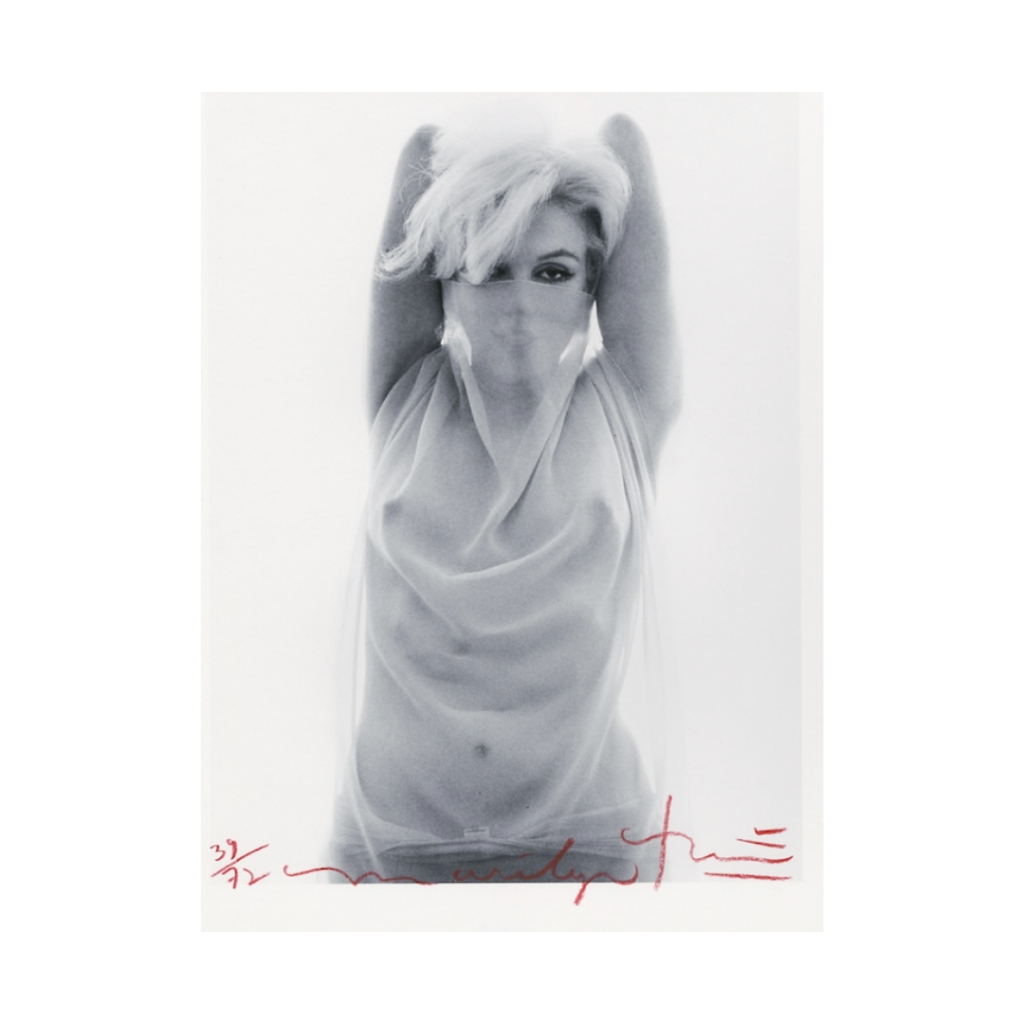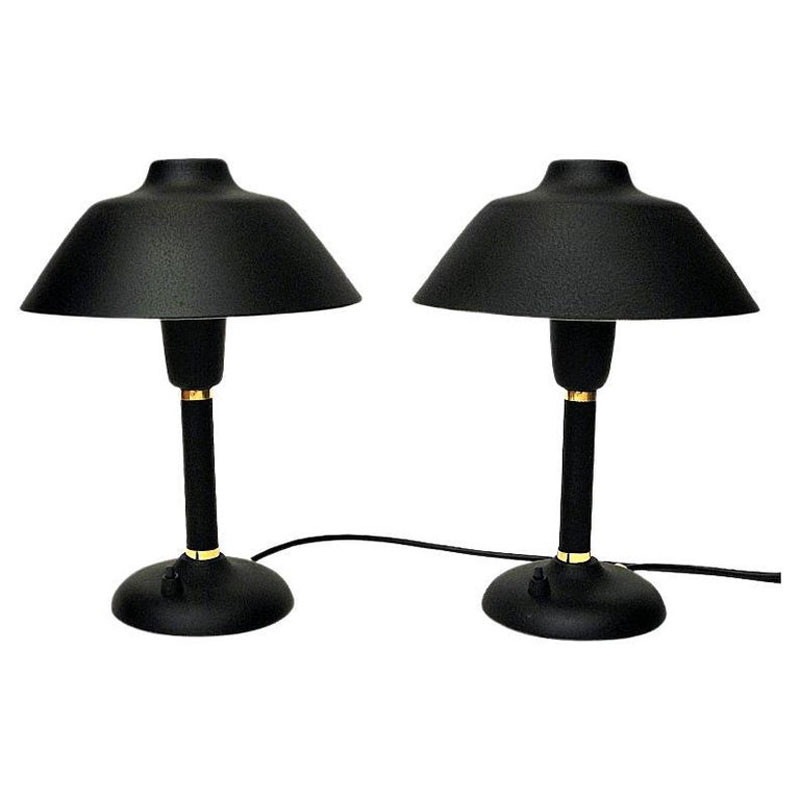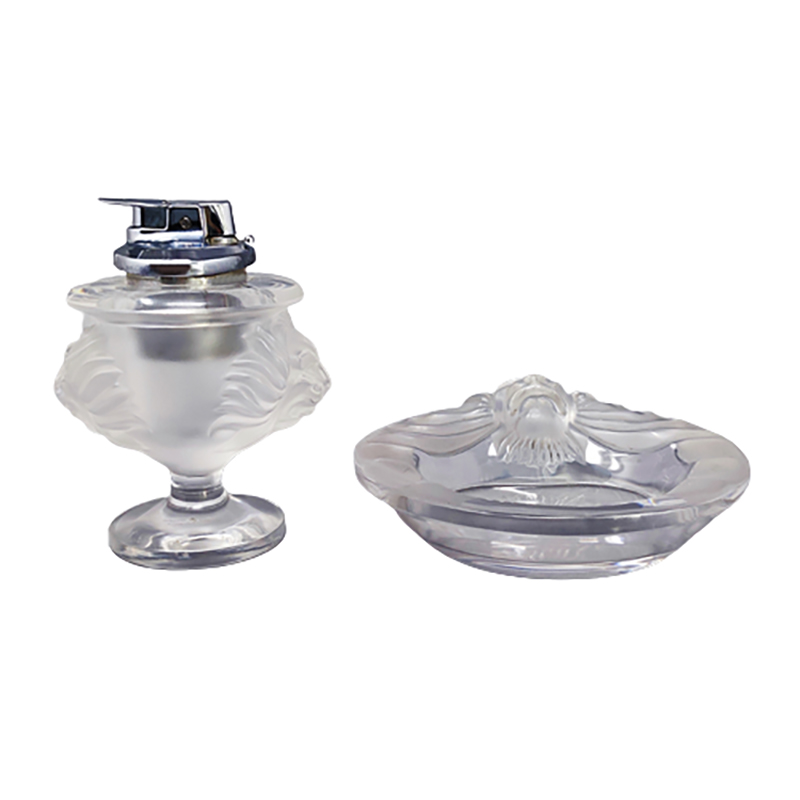pt2
Because irreducible unity of design yields authenticity and clarity in artifacts. And I think society, whether it be drifting toward democracy, or to totalitarianism, or back to aristocracy, or toward central bank centrism, needs and benefits from authenticity and clarity.
We may but see through a glass darkly, but that only means we need the best glass we can get.
We can all agree that well-focused writing is a good thing, because it is a sign of clear thinking, and helps readers comprehend clearly.
We can all agree that well-focused photography is a good think, because it is a sign of a photographer who understands his subject, does not need to hide behind tricky effects and it helps viewers of the subject to see the subject clearly.
For the same reasons, artifacts from salt shakers to skyscrapers ought to aspire to the clarity of irreducible unity of design. People benefit from coherent objects in their lives. They contribute to a sense of purpose and meaningfulness in their experience of the physical world.
Just because the world is being torn asunder in many respects, does not mean we ought to surrender the quest for clarity and unity of composition; surrendering that quest to portray collapse with vision intentionally unfocused would be an immitative fallacy.
Regarding Mr. McDonough, I doubt he is capable of attaining irreducible unity of design and so he does not even try.
Regarding Mr. Piano, I believe he is a man of vast talent and skill who is for some reason either resisting, or simply choosing not to bring his work into irreducible unity.
Why?
You usually see much deeper in to these things than I. Perhaps you can pull the veil back and reveal the greater good he is after.
Finally, since I know you are an admirer of Mr. Piano's work, I especially appreciate your kind words and choosing not to take me completely apart, as you could not doubt easily do, in defense of one of the world's finest architects.
As always, thanks for giving me the privilege of being read by the real thing--a great designer with enormous generocity of spirit.
Koen, this insight of yours is stated with brilliant clarity...
and the clearest things sometimes take time to grasp.
"So, architecture, for better or worse will continue to hold on to it's position in which very few people hold on to the authority to decide over both the overall character and the particular qualities of the build environment in which we all have to live. That this authoritarian position is rarely challenged tells us more about the willingness of our society to grow toward true democracy than about the arrière-garde efforts of architects..."--Koen de Winter
I thought I had gotten this stuff out of my system with my long post and now you have planted another seed.
What would a democratic architectural method be like?
How could we unstick it from elitism and "cosmeticism" (the ideology of the cosmetic), and what might a nonauthoritarian architectural process be like? and what kind of buildings might it yield?
Dear dcwilson,
You are too kind?. I am not in the habit of taking people apart unless their ignorance hurts too much or their thoughts are not inspired by the search of some form of truth.
As you know, neither applies to you, so I am not even tempted.
As I know him, Renzo Piano is one of these talented people that emerge from time to time out of ?a culture of doing? For several generations, his ancestors were contractors. As a matter of fact I think that his brother was the contractor for the Italian Industry pavilion at the Osaka Expo 70 that Renzo Piano designed. He does not call his office anything but a ?Building Workshop? and has always been as much interested in the engineering of the construction as in the architectural part (sorry to make the distinction).
I am not pretending that he always succeeded and as far as Beaubourg is concerned I think we should listen to Paul Goldberger who wrote, "Like any artist who produces a celebrated work early in his career, Renzo Piano has in many ways been more confined than liberated by the Centre Beaubourg.known primarily as the architect who.installed this high-tech spoof at monumental scale into the heart of Paris." Before the Centre Georges Pompidou Piano had experimented a lot with organic geometry that is very close to the center of the CAS roof, but he had only build an office building in Como and some individual housing in Cusago,Milan, apart from the Italian Pavilion already mentioned. Although the architectural competitions that are so common in France are highly appreciated by architects, one can not avoid the thought that many of them are not fulfilling the promises the judges anticipated. I have been part of juries dozens of times and I have seen how influential the process is on the outcome?To a large extend the winning project represents the vision of the jury as much as the vision of the architect. This being said, I think that Renzo Piano is one of those who look always carefully at the unity you are referring to.
All of us, even those who are searching for ?clarity and authenticity on artefacts? are not exempt from the temptations of what you call ?Cosmeticism? You applaud the effort of searching for it, but you also know that there is a high price to pay. Self-evident products require from the designer that he or she eliminates him or herself from the end result. A self-evident product can not be a statement other than showing the willingness to serve and to do it for a long period of time. I resent taking myself as an example but I designed products that have been on the market, without interruption for the last 35 years. Each time they were challenged by a competitor the consumers stayed loyal to them, and yet you will not find them in museum collections, coffee able books or magazines.
cont.
Not that I have any ambitions in that direction, but I can understand that designers or architects, especially those who know their art well, are tempted to make small detours into the more visible and exposed world of cosmeticism. I have done so myself and yes it has not given me the satisfaction of seeing them used by thousands of people but it gave me a place in the permanent collection of the MoMA and a few other quite places. Yes, as a society we need and generally applaud authenticity and clarity of intention and execution, but we also rejoice in the extravagant, we applaud exuberance and need both the marginals and the risk takers. I have often stated that these contradictions should be guidelines in where we use our talents. So I enjoy extravagant and exuberant graphics because their inherent lifetime is short and unless we are talking important editions, the validity of their message is of the same nature. I enjoy fashion and personal expression in clothing for the same reasons. I do not mind when technology driven products are frivolously designed. We know that technical improvements will soon get the better of them. So I sometimes wonder if some architects should have chosen to be graphic artists or fashion designers, and the same applies to designers.
The all important question of what that new architecture might be?
Of course we can not introduce a ?market-place? in architecture in which every building could be challenged by a similar one for a better price are a better one for the same price?or a much better one for a higher price.
In the first place I think that the division between engineering and architecture has encouraged cosmeticism. As in every division of labour you end up emphasizing the typical aspects of the different parts, including the abuse that could result from it. Architects and designers are in this not different from stock brokers. If architecture is reduced to concerns about how it will look in architectural magazines, it is inevitable that cosmetics will gain in importance. We see the same thing in industrial design. The illusion that ?anything is possible? and basic knowledge of how things are made is no longer required, has started a Sunami of superficial, self satisfying design and every day more of it is produced in the limitless virtual world of attention seekers.
My appreciation of Piano?s work is not based on the fact that he is always right. Remember architects do not have the benefit of great public input or discussion. As a society we are willing to live with an environment that is imposed by developers and the chaotic result seems to be experienced as a reasonable facsimile for the diversity we need and want.
cont.
The closest we get to democracy in architecture is the continuous re-interpretation of buildings. Old factories become condominiums; churches are re-cycled by retro-fitting them with skate board equipment, warehouses become seaside shopping centers etc. I know we are not there yet. Nothing is going to change unless society forces it?s professionals, architects, designers and stock brokers alike to change their mindset and see their contribution, not as an activity outside, but as a contribution to society. To the best of his ability, Renzo Piano does that.
Lovely statements about...
Lovely statements about design.
"Regarding Mr. Piano, I believe he is a man of vast talent and skill who is for some reason either resisting, or simply choosing not to bring his work into irreducible unity." I missed the explanation of this statement, I guess.
Koen found more than one way to get to the point I would like to make, that there needn't necessarily be a distinction between design and engineering. A designer who understands and can even contribute the necessary engineering will be a better designer than one who doesn't; the engineer who is sufficiently sensitive to aesthetic and ergonomic issues i(among others) is in effect his own designer.
To state that engineering is strictly a matter of applying known principles and facts to the solving of a problem may lead some to think that for each engineering problem -- a bridge, for instance -- there is only one logical solution. As this is not the case, we must acknowledge that the engineer makes choices as he designs, just as the designer does. So, at best there is a continuum between the engineering-ignorant designer and the aesthetically challenged engineer. Why would anyone not prefer the broader middle ground, either as consumer, client, investor or audience ?
I have long been fond of Interstate Highway bridges in USA...
They are done by engineers, as far as I know.
They carry cars and look good.
No one wants to replace them with better looking bridges until they are decrepit.
But now Santiago Calatrava is building bridges and they are breath-taking with their single spar suspensions.
But I do not like them better than the bridges made by engineers.
However, these bridges built by engineers are strikingly consistent in having irreducibile unity of design.
Even the Golden Gate Bridge makes one say, "Wow, what a bridge."
Conversely, Mr. Calatrava, an architect with a capital A, makes bridges that make one say, "Wow, look at that, have you ever seen a bridge with a single spar like that before?!"
Mr. Calatrava's work, virtuosic though much of it is, often does not attain irreducible unity of design.
I like Mr. Calatrava's work. I like Mr. Piano's work. But elements of each man's designs stick out and prevent any sense of irreducible unity in more than a few of the buildings, bridges, etc., of each man, something common engineers routinely achieve in building something as unsexy as Interstate highway bridges. I am calling this the eclipse of design by high concept engineering, because I do not know what else to call it.
Perhaps I am like Mr. Jones in the old Bob Dylan song:
"There's something goin' on here
And you don't know what it is,
Do you, Mr. Jones?"
But down the long thread of history, great structures, and many good humble ones, have evidenced the kind of unity I am talking about.
So: I cannot get over the feeling that I actually may know what is going on here, and it may be that extremely talented designers and architects are straying from the pursuit of irreducible unity in their designs knowingly.
You say as much about Renzo Piano when you say he does not aspire to such things and that it is fruitless to evaluate him in terms of such things. You imply he just wants to ask why it is being built, then figure out the most sensible way to do it and by so doing contribute to society.
I reckon you are probably right; that probably is all he is trying to do, and that is no small contribution to society to try to think of rational, original ways of building space for use that work with the environmental context, rather than against it.
But...
Why can ordinary civil engineers build Interstate highway bridges large and small with irreducible unity of design, but Piano and Calatrava not only don't, but don't appear to wish to try to.
I do suspect this much...
Something is not right here,
And I don't know what it is,
Do I, Mr. Koen?
Hi dcwilson,
I do not think that I am more qualified than anybody else to answer this question but let me share what I know.
First of all, as SDR points out there is not such a thing as a 100% technical solution. Even a Petri-dish could have a different shape as effective and objective as the existing ones and even in a simple thing like that we acknowledge the contribution of its inventor and keep calling it Petri, for Koch?s assistant biologist Julius Richard Petri. SDR reminds us of the fact that highway bridges are no exceptions. They carry with them the subjective choices that are inherent to a problem that can be solved in a large variety of ways. As a piece of good engineering the Golden Gate Bridge is not as spectacular as it is a wonder of technology (how to execute what has been engineered or designed) It is also quite exceptional as a work of art. So, why not using it as an example? With its 75 million kilos of steel and 300.000 cubic meters of concrete it sounds to me as a well grounded choice.
Nobody questions the fact that it is well engineered but the choice between the original Strauss version, the subsequent Strauss/Moisseiff version and finally the Irving and Gerdrude Morrow version was hardly based on differences in the quality of the engineering. The Morrows introduced considerations like the vertical ribbing on the towers to catch the sunlight in a way that would make them look slimmer. They added considerations like the view of the motorists and spaced the posts of the pedestrian railing in order to increase the open view. One could of course argue that the towers, from a structural point of view could indeed be leaner toward the top but the Morrows changed the towers into lighter constructions toward the top to make the towers more elegant.
What makes the almost 2 km long span of the Golden Gate Bridge such an irreducible unity of design is in my view essential to democratic design. Contrary to Santiago Calatrava, who makes of every work an expression of his personal views and preferences, the Golden Gate Bridge, and many highway bridges with it, are expressions of their times. Not of a well identified individual, but of a society that expresses itself through the talents and abilities of one of its members. By being this collective expression, it reflects the standards and ambitions of a large group of people that inevitably identify with it. We can admire Santiago Calatrava?s work but very few of us can identify with it and share in the pride of a common human achievement. The Golden Gate has that. So we do not know it as the Irving and Gertrude Morrow Bridge, but as something else we collectively can understand: The Golden Gate.
cont.
So, why can ordinary engineers build interstate bridges large and small with irreducible unity of design? Simply because they are more modest people. They work as part of a team. The end result is a more understandable balance between engineering, design, technology and very little personal expression. Although we have created fine arts a nice and appropriate place to express oneself, as a place to visually comment on society, its ills and dark corners but also on it?s moments of glory, we never gave the arts the much needed financial space. Part of the reason why?. something is not right here?. It that many of those who want to express themselves choose to do it in areas that are better paid than the fine arts. So, architecture, design etc. are invaded by people with larger ambitions than to serve by design.
for dcw's
continued feeling that something is missing in piano's work; It looks from an artist's perspective that when you speak about irreducible unity in design, you are speaking about evaluating a building in terms of art. My present understanding of the subject is that art is persuasive communication. Specifically storytelling. The way I evaluate it is to look for a perfect economy. Which is to say that i am looking for an art work to say what is intends to say as concisely as possible. No extra or missing components to cloud its ideas. It also has to have a hook to draw the audience. But "what it has to say" brings intent into the picture to make these evaluations. An artist may make a work that is intentionally ugly and visually awkward as a metaphor for the ugly traits in humans. In a case like that it would be poor art criticism to fault this work for being ugly. if i were to evaluate a building in a similar way i would start with the designer's intent. then i would have solid backing to say it doesn't meet its goals. it sounds like you have a constant in mind that some buildings hit and others don't. This was where i was starting to go with my idea of an aesthetic judgement being
pt 2
perhaps tied to ideas of efficiency of design as a future standard (from my previous post). if another artist makes a work who's subject is beauty and does as good a job at it as the one who spoke to ugliness, how do you rate them either individually or comparatively? i would do it the same way i would for architecture. by success of intent. it is then a matter of "does the author's story interest me or not, as opposed to is it universally correct. I am not so sure there is a universal standard like irreducible unity. by the way- great subject. you are forcing me to stretch my ever stiffening brain cells. thanks!
This is more like it...
Koen is drawn into the center of things and throwing out Brunelleschi, while most persons are still struggling to get through Dwell.
SDR can't see why a person cannot be both a good engineer and designer and baptizing me with healthy skepticism.
Glassartist doubts the concept of irreducible unity of design.
And Gustavo is ready throw the designers out, move on to engineering, and convert Manifesto to a verb
This is the Design Addict I know and love!
Quick! Someone email Renzo and tell him we have serious questions about what his brilliance is up to--democratic engineering, or the eclipse of design with high concept engineering, or just a 12.5% architect's fee of $500M for lifting the ground up and sliding a building under it..
Some one text Will McDonough and tell him to come and write about what he does without sound bite epigrams like waste is food. We believe he is onto some things, but have concerns about his sense of composition.
Oh, and I personally declare May 6, 2008, the first annual Architects Have To Wear Cheerful Colored Clothing Instead of Black Day.
Manifesto, manifesto, manifesto!!!!!!!!!!!!!!!
If you need any help, please contact us at – info@designaddict.com









